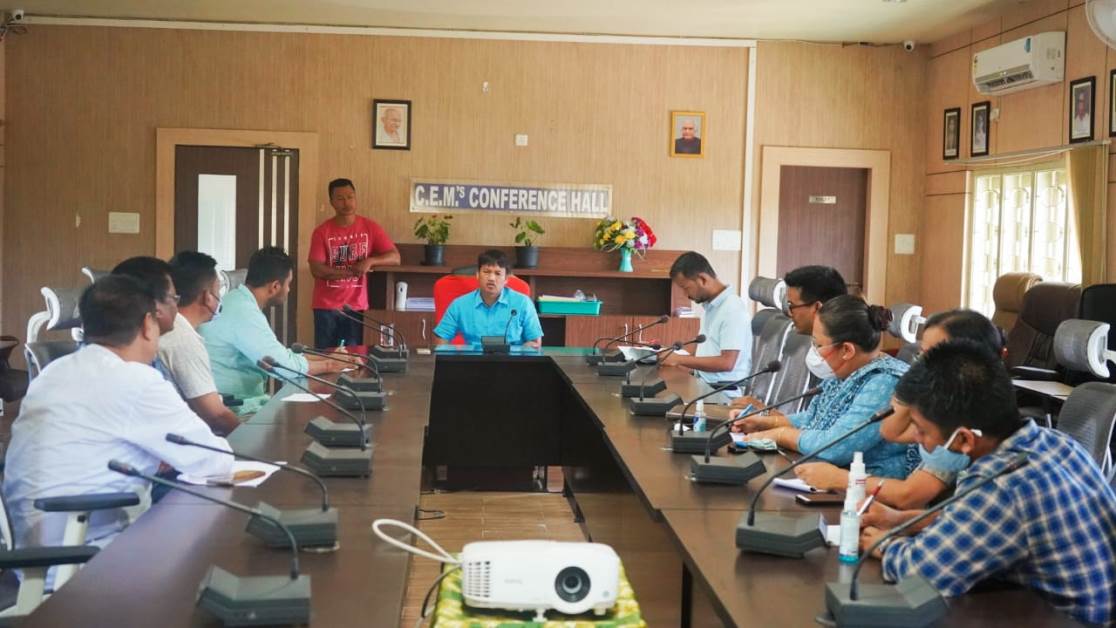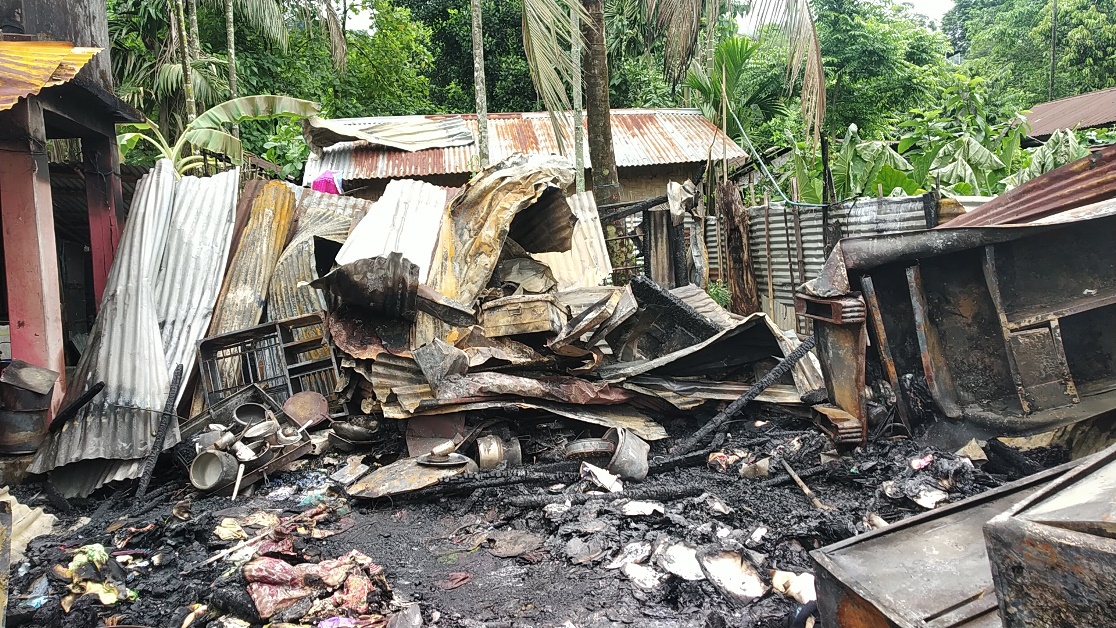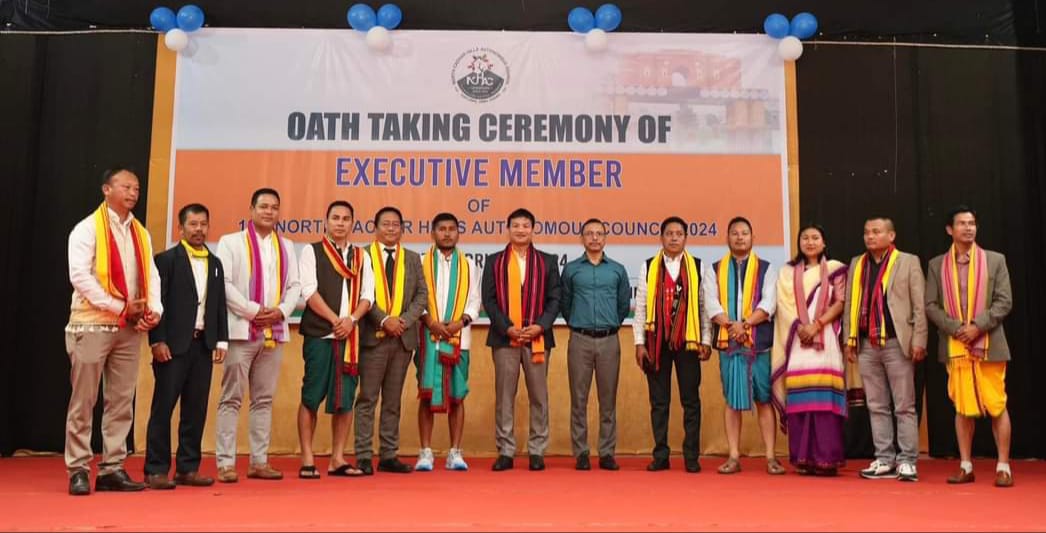The team upon their visit to villages of these regions found the immense potential of horticulture and livestock rearing apart from mainstream agriculture
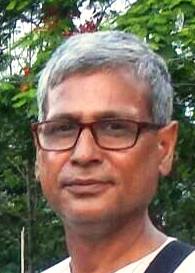 Anup Biswas
Anup Biswas
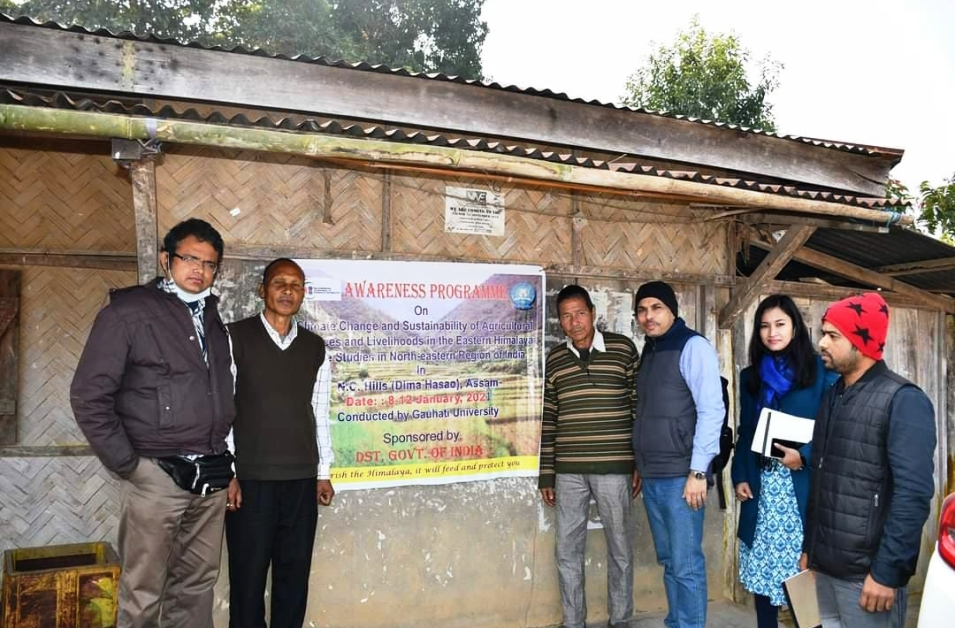
In an attempt to understand the potential of the Eastern Himalayas to provide a sustainable environment to the inhabitants of these regions along with their adaptation with climate change, the Department of Science & Technology, Govt. of India has funded an NMHSE Project entitled “Climate change and Sustainability of Agricultural Practices and Livelihood in the Eastern Himalayas: Case Studies in North Eastern Region in India”.
A team of five members led by the principal investigator, Dr. Ratul Mahanta, Professor, Dept of Economics, Gauhati University and co-principal investigator Dr. Nityananda Deka, Asst. Professor, Dept. of Geography, Gauhati University along with two M.Phil scholars of Dept. of Economics, Munmun Gogoi and Saddam Hussain and a veterinarian, Dr. Dimpi Khanikar, conducted a pilot survey in Umrangshu and Haflong of the Dima Hasao district of Assam.
The team upon their visit to villages of these regions found the immense potential of horticulture and livestock rearing apart from mainstream agriculture. The traditional practice of pig rearing by the Dimasa community, a characteristic of this community has been a significant support to the families.
Manuhar Kharikapsa, a local of the Dimahading village of Umrangshu, is one such example who has been immensely profited by pig rearing. Also, he has very skilfully begun the plantation of areca nut and seasonal vegetables. The Nepali community in villages such as New Tunbung and Govindapur has over the years reared cattle as a traditional component of their households. There is an immense potential for developing a dairy cooperative by the villagers. A small scale dairy farmer, Kirti Prasad Sarma, has had a sustainable livelihood through the selling of milk and milk products for quite a long time.
The team suggested that there is an urgent need for these farmers is proper market connectivity and efficient impartment of skills for preparation of value-added products.
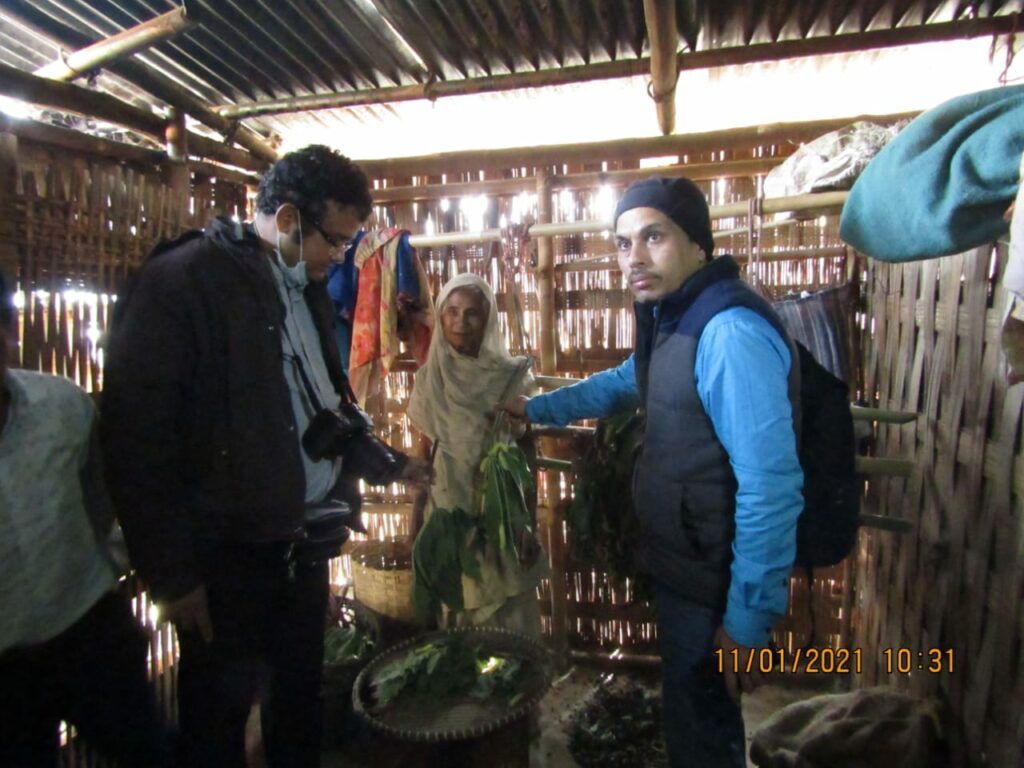
The team was also acquainted with the sericulture practice of Haflong. The ethnic practice of extraction of thread and weaving clothes in their households was highly appreciated by the team. Villages such as Lungkhok were visited by the team, to gauge the scope and potential for a booming sericulture and weaving industry by involving the local village women. The team interacted with Rupali Hafila, an enthusiastic young lady of Lungkhok village who after completion of training on the rearing of silkworm and processing for thread, managed to awake the interest of the villagers towards sericulture in commercial scale. The plantation grounds for the Keseru, Mulberry, Castor, Soam trees and the machine operated processing section of the Sericulture department were visited by the team.
One of the villagers opined that “earlier we were solely dependent on jhum cultivation. But since two years Govt. has been supporting us in sericulture cultivation and we are very much happy with this initiative. We want to continue the sericulture practices as our main source of earning”. Here it is important to mention that an area of 30 bigha land of this village has been in operation for plantations of Keseru, Castor, Soam trees and this area has been successfully managed by these villagers.
The team urged that this type of success story of sericulture practices should be expanded to other areas too which will be beneficial for all stakeholders of the ecology. It is the high time for the authority to motivate villagers to go for environment sustainable livelihood practices which not only enhance villager’s standard of living but also protect the environment.
The team also had an active discussion about the prospects of horticulture and livestock rearing with External Siangsai, a local of Jatinga village which was one of the richest villages of Haflong area earlier, but now due to disappearance of orange cultivation, villagers had to struggle with poverty. Having received training on goatery, piggery and poultry, Siangsai was now attempted to support the household by livestock rearing. Another successful venture Wilantis of Jatinga village who reared up to twelve goats in the form of backyard farming informed that “Last year I planted orange trees in 5 bighas of land in order to regenerate orange cultivation, but after few weeks all the trees died and I had to lose a huge amount of money. But thanks to my livestock rearing practices through which I could manage my lost”.
The professors and research scholars conducted several interviews with the local people regarding their way of life, present agricultural, horticultural and livestock practices and the changes or diseases experienced by them over the years. It is truly said, “Unexplored paths lead to unexplored treasures.” Umrangshu and Haflong in their deepest corners hold within them huge unexplored rich potentials which have the ability to change the very economy of this exploited region.
The team opined that considering the integrated livestock and agriculture practices, sensitive ecology and rugged topography, preparation of zone map is the need of the hour. Setting up of processing unit and imparting skills for value addition of raw products were also considered extremely essential in order to mould the people of this region as a self-sufficient functioning unit.

